Russian culture has a flavour of astounding creativity with a traditional touch, it has an extremely visual social past. Image Courtesy – www.gocollette.com
Russian society has a long and rich history, saturated with writing, graceful dance, painting, and traditional music. Russia has an extremely visual social past, from its bright society ensembles to its luxurious religious images. Russia is the largest country in the world in terms of region, with a total area of 6,601,668 square miles (17,098,242 square kilometers). The population of Russia is 142,905,200 according to the 2010 census.
Russia’s bigger size can make excursion arranging overwhelming, just like its unique society and bright history give guests a long rundown of “must-sees.” If you’re occupied with seeing a percentage of the nation’s most popular verifiable landmarks, castles, and galleries, partition your trek between St. Petersburg and Moscow. Every city has a flock of recorded sights on offer, each with its specific flavor.
In the right on target of Moscow, St. Basil’s Cathedral may well be Russia’s overwhelming sight, gracing any number of postcards and tokens of the nation. The church flanks Red Square, a real terminus in itself. The house of prayer’s construction modeling is a prime illustration of Russian onion vault topped towers. Planned in the mid-sixteenth century, the church has no short of nine churches. Out front, Red Square takes its name from the mid-seventeenth century, when the Russian word for red additionally meant excellence or vitality. So it was just happy that in the twentieth century, the square came to be connected with Communist exhibits and parades. People may visit the square around evening time to see them lit-up exteriors of St. Basil’s nearby the towers of the Kremlin.
Read: Malaysia, unique with its essence of multicultural diversity
The complex, Red Square is made up of church buildings going again to the fifteenth century that has since experienced a broad fortress, to serve as the seat to current Russian presidents and the Soviet pioneers before them. Besides the authentic significance, the site offers an amazing variety of neighborhood compositional styles.
The Metro in Moscow is strangely excellent, embellished in marble and stone with bronze statues and complex mosaics. The metro framework is incorporated with its short rundown of Russia’s boss structural sights, proposing a stop at Ploshchad Revolutsii or Mayakovskaya stations, in addition to any stop along the Circle Line. The underground framework goes once more to the 1930s, however, the starting arrangements for the city’s metro lines go back the distance to 1902. Metro in Moscow is an important architecture of Russian culture.

Metro in Moscow is strangely excellent, embellished in marble and stone with bronze statues and complex mosaics.
Pretty much as Moscow has St. Basil’s and Red Square, St. Petersburg brags the Winter Palace disregarding Palace Square, the sweeping scenery to the Russian Revolution. The Alexander Column, inverse the castle, honors the triumph over Napoleon.
St. Petersburg’s Hermitage Museum isn’t just a storage facility for recorded craftsmanships, the building itself would justify a visit if exhausted of its loves. Involving one wing of the Winter Palace, the displays hold the broad accumulations of eras of Romanov, from Impressionist attempts to Egyptian antiques. The impression of Russian culture is prominent here.

St. Petersburg’s Hermitage Museum in Russia.
For an alternate impression of St. Petersburg’s rich past, take in execution at the Mariinsky Theater, some time ago the Kirov. The theater is home to world-class aerial artistry and musical drama organizations. People should come in February or March and see the Mariinsky International Ballet Festival.
Russian families are vast and amicable. The importance of the family in Russia is not restricted to the spouse, wife, and youngsters. It extends to incorporate grandparents, aunties, and uncles, siblings, sisters, nephews, and nieces. The parts of the Russian family nearly correspond with one another and much of the time get together, particularly on such family events like birthdays and ceremonies. Much the same as in any family, there may be false impressions and even squabbles among relatives, however, one thing is sure – Russians appreciate their families and are constantly prepared to help their relatives in troublesome times. The custom that everybody ought to love their own particular home and ensure their family is imparted into Russians since the early youth.
While Russian is the authority language, and Russia has a just about 100 percent education rate, but numerous Russians additionally talk English as a different language. More than 100 minority languages are talked in Russia today, the most prevalent of which is Tartar, talked by more than 3 percent people of the nation. Ukrainian, Chuvash, Bashir, Mordvin, Chechen, etc. are other languages also used by minority people. Despite the fact that these minority communities represent a little rate of the general Russian populace, these languages are noticeable in local zones.
Customary Christianity is Russia’s biggest religion with 75% of the people having a place with the Orthodox Christian category. Around 5% of the populace recognizes as Islam. Catholicism, Protestantism, Judaism, and Buddhism cover 1% of the population each, and around 8% of the population represent themselves as nonbelievers.
Balance choreography is a standout amongst the most outstanding artistic expressions leaving Russia. Established in 1776, the Bolshoi Ballet is a traditional dance organization based at the Bolshoi Theater in Moscow and known all through the world. The Mariinsky Ballet in Saint Petersburg is an alternate acclaimed toe-dance organization in Russia. It is also an emblem of Russian culture.
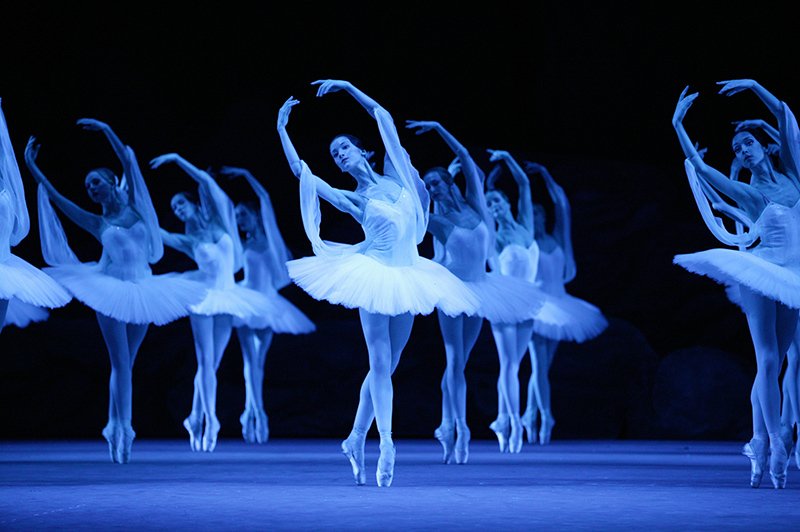
Bolshoi Ballet is a traditional dance organization based at the Bolshoi Theater in Moscow.
Dwindle, Ilyich Tchaikovsky, the nineteenth-century Russian writer, is incredibly famous for “Swan Lake” and the “1812 Overture” in addition to different pieces. There are a few galleries, including his youth home, showcasing his individual effects and musical antiquities.
Russian writing has additionally had an overall effect with famous novelists like Leon Tolstoy and Fyodor Dostoevsky. Even now, they are being perused all over the world. Russian heritage is deeply enriched with their novels like “Anna Karenina”, “War and Peace”, “Crime and Punishment”, “The Brothers Karamazov” etc.
Nesting dolls are well-known images of the nation and part of Russian culture. These sets of dolls, known as matryoshka dolls, comprise a wooden structure that can be pulled separated to uncover an alternate littler form of the same picture inside. Especially with six or more dolls settled inside each other. The painting of each one doll, which can be amazingly expanded, generally symbolizes a Russian laborer young lady in the customary ensemble.
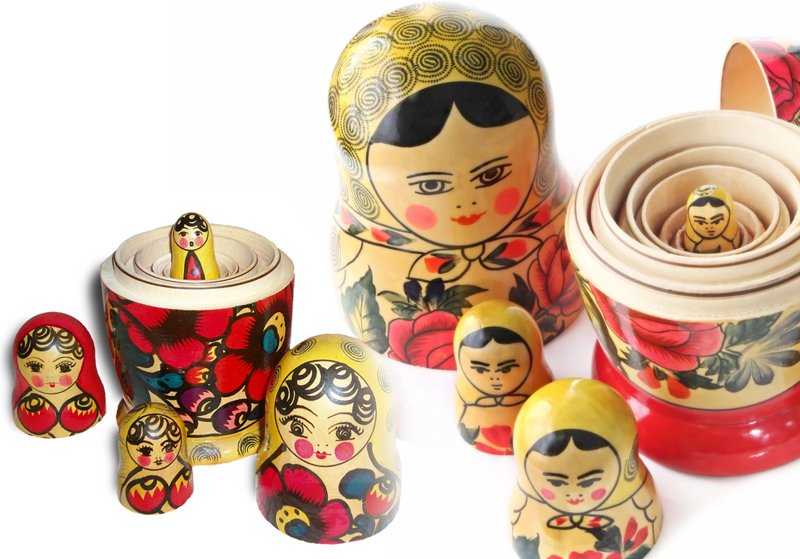
Russian nesting dolls are a set of wooden dolls in a range of decreasing sizes placed one inside the other.
Brightly painted onion arches are the symbols of typical Russian Structural Engineering. It has been estimated that they speak to smoldering candles or vaults to paradise and regularly show up in gatherings of three speaking to the Holy Trinity. The vaults of Saint Basil’s Cathedral, one of the prime samples of onion arches, have not been adjusted since the sixteenth century.
Russian culture is nested with a wide variety of cuisines. A standout amongst the most well-known customary Russian nourishments is borshch, likewise spelled borscht, a beet soup that is brimming with vegetables and meat and ordinarily presented with a spot of harsh cream, a staple of numerous Russian dishes. Pirozhkis are little baked goods that can be loaded with potatoes, meat, cabbage, etc. Caviar( Ikra), generally produced using the eggs of sturgeon found operating at a profit Sea or the Caspian Sea, is frequently served on dim, dry bread or with blini, which are like flapjacks or crepes. Blini are likewise served moved up with a mixed bag of fillings, extending from jam to cheddar and onions, or even chocolate syrup.

Pirozhkis are little baked goods that can be loaded with potatoes, meat, cabbage, etc. Tourists can have the marvelous taste of Caviars.
Vodka is a famous fermented drink generally produced using the refining of matured potatoes. Lager and tea are likewise generally expended. Vodka is also a part and parcel of Russian culture.

Vodka is a famous fermented drink generally produced using the refining of matured potatoes.
Russians watch Christmas on 7th January as an issue occasion as per the Julian logbook utilized by the Russian Orthodox Church. The general population occasion was re-created in 1991, after the fall of the Soviet Union. Essentially, Easter is praised as indicated by the Russian Orthodox logbook. Individuals in Russia celebrate Christmas Day with various activities like having a family supper, going to a Christmas worship, and going to relatives and companions. There is a 40-day Lent going before Christmas Day when Christians don’t consume any meat. The Lent period closes with the first star in the night sky on 6th January, as a symbol of Jesus Christ’s birth. Numerous Orthodox Christians assemble to go to Christmas rituals that nighttime.
For some mainstream Russians, Christmas Day is a family occasion yet it is not as imperative, for some families, as New Year’s Day. Numerous individuals visit companions and relatives, and in addition give and get presents, on 7th January. Before Christmas Day, there is Christmas Eve, which denotes the beginning of an old Slavic holiday, “Svyatki”, in which young ladies utilize a mirror and candles to summon the picture of their future spouses. Church-going, fortune-telling on Christmas Eve is also a well-known tradition in Russia. Universal Christmas is a national occasion in Russia so banks and open business locales remain closed on 7th January. If Christmas Day falls on a weekend, the non-workday moves to the accompanying Monday. Russian administration might now and then pronounce a national vacation from 1st January to 10th January because of the nearby vicinity of New Year’s occasions (from 1st January to 5th January), Christmas, and the weekends between these two occasions.
Russia Day is commended on June 12. This denotes the day in 1990 that the Russian parliament formally pronounced Russian power from the USSR. At first, it was named Day of the Adoption of the Declaration of Sovereignty of the Russian Federation, yet was renamed to Russia Day, a name offered by Boris Yeltsin, in the year 2002.

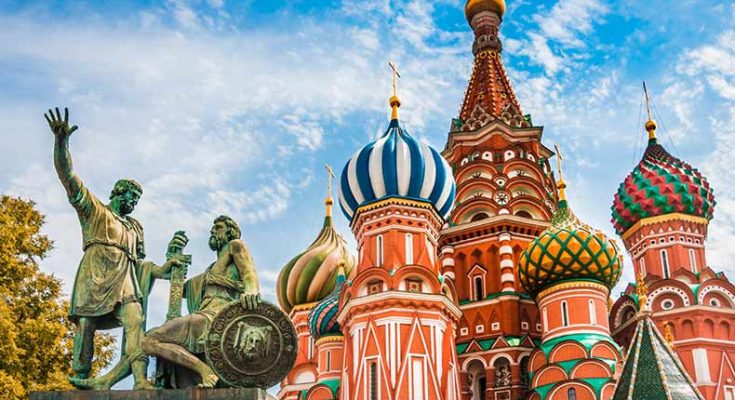
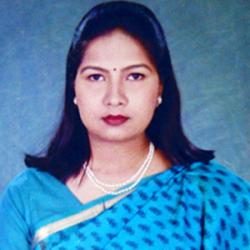
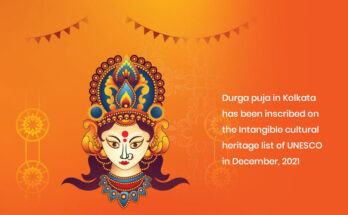
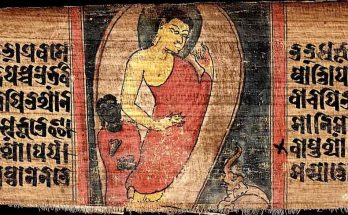
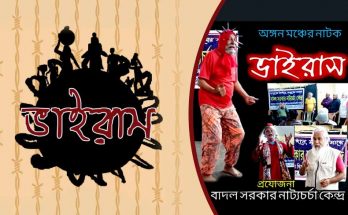
A fascinating discussion is worth comment. I believe that you should
publish more about this issue, it may not be a taboo matter but typically folks don’t discuss such issues.
To the next! Cheers!!
Great info. Lucky me I found your website by accident (stumbleupon).
I have saved as a favorite for later!
I cannot thank you enough for the article post. Really thank you! Great.
Saved like a favorite, I enjoy your website!
Hello! Do you use Twitter? I’d like to follow you if that would be okay.
I’m undoubtedly enjoying your blog and look forward to new updates.
Hi to all, how is everything, I think every one is getting more from this web page, and your views are pleasant in support of new viewers.